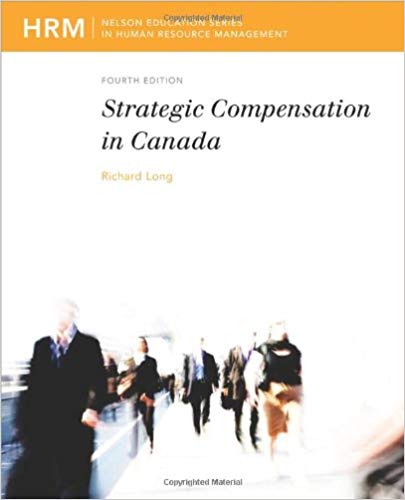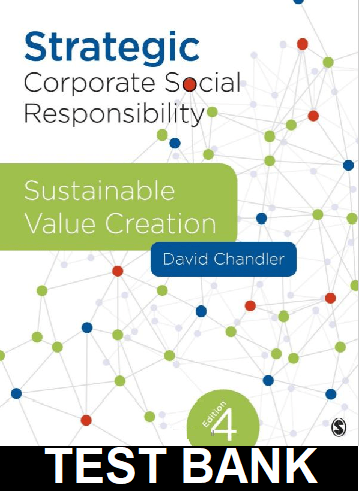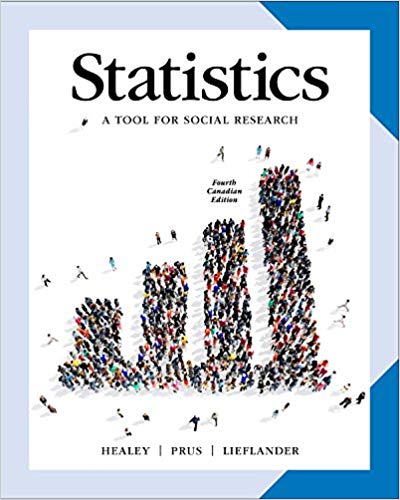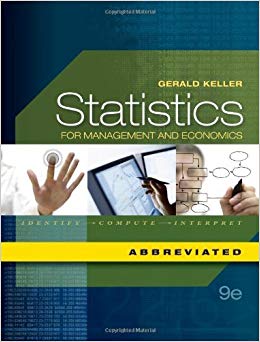Strategic Compensation in Canada 5th Edition By Richard Long – Test Bank
Chapter 5: Performance Pay Choices
TRUE/FALSE
1. The central issue associated with attendance incentives is the notion that these programs treat only the symptoms while ignoring the underlying issues that cause absenteeism in the first place.
ANS: T PTS: 1 REF: 166 OBJ: 1
2. The concept of piece rates has its roots in the service industry as a way to compensate for individual strong performance.
ANS: F PTS: 1 REF: 148 OBJ: 1
3. Sales commissions are usually appropriate in situations where individual salespeople exercise significant independence.
ANS: T PTS: 1 REF: 155 OBJ: 1
4. All things being equal, goal-sharing programs are thought to be less motivational than gain-sharing programs.
ANS: F PTS: 1 REF: 172 OBJ: 2
5. To qualify as having an employee profit-sharing plan, a firm must have a formal program in which payments based on profits are made to a select group of employees, usually senior management.
ANS: F PTS: 1 REF: 175 OBJ: 2
6. Unions generally oppose profit-sharing plans based on potential manipulation of profits by management and the uncertainty associated with profit sharing when compared with base pay.
ANS: T PTS: 1 REF: 176 OBJ: 3
7. The three main types of employee stock plans are stock bonus plans, stock purchase plans, and stock option plans.
ANS: T PTS: 1 REF: 179 OBJ: 3
8. Employee stock plans are congruent and often used by companies using a classical management strategy
ANS: F PTS: 1 REF: 182 OBJ: 3
9. Profit-sharing plans can reduce the need for employee supervision.
ANS: T PTS: 1 REF: 183 OBJ: 3
10. The key challenge associated with long-term incentive plans is the need to establish three- to five-year goals, particularly in fairly dynamic industries.
ANS: T PTS: 1 REF: 183 OBJ: 3
MULTIPLE CHOICE
1. Which of the following pay plans targets organizational-level performance?
|
a. |
goal-sharing plans |
|
b. |
merit-pay plans |
|
c. |
special-purpose incentive pay plans |
|
d. |
profit-sharing plans |
ANS: D PTS: 1 REF: 147 OBJ: 1
BLM: Remember
2. What is the most common form of performance pay used by medium to large Canadian firms?
|
a. |
merit raises |
|
b. |
profit sharing |
|
c. |
merit bonuses |
|
d. |
commissions |
ANS: A PTS: 1 REF: 148 OBJ: 1
BLM: Higher Order: Understand














Reviews
There are no reviews yet.